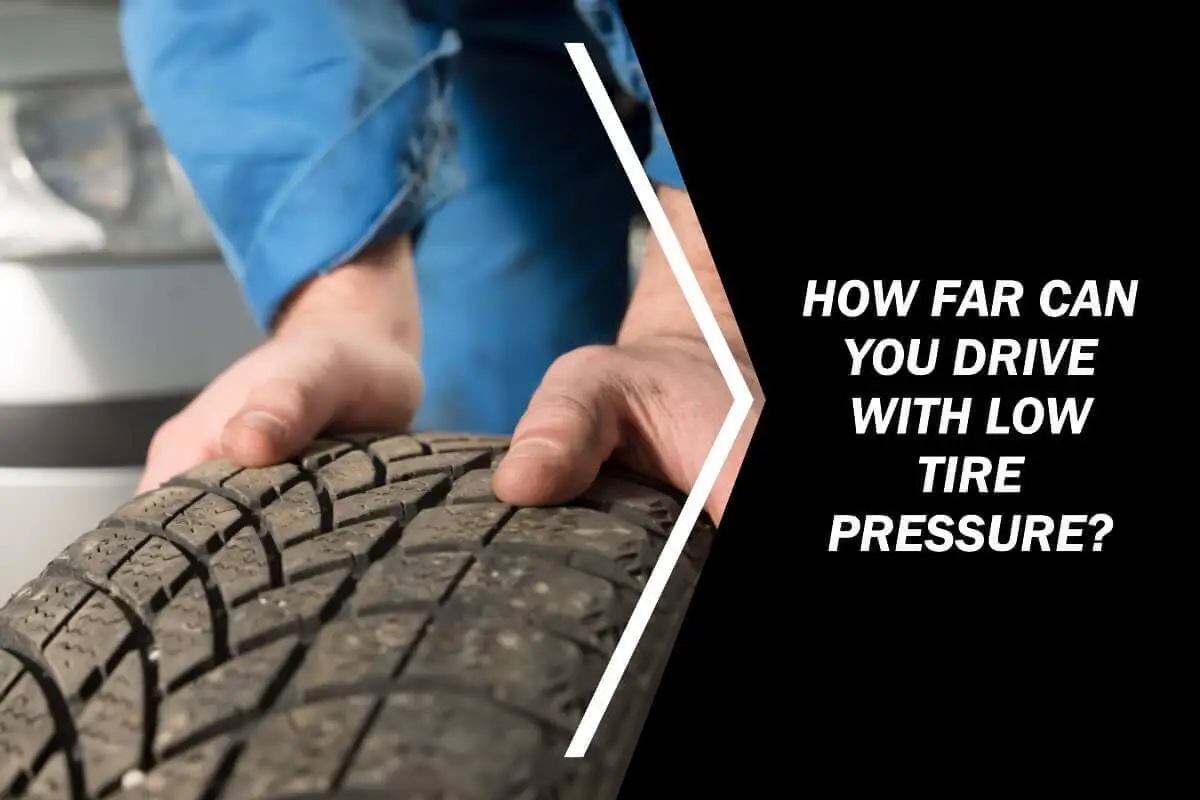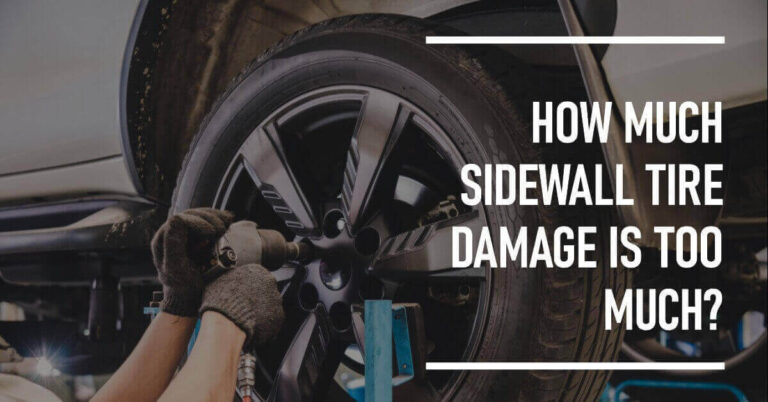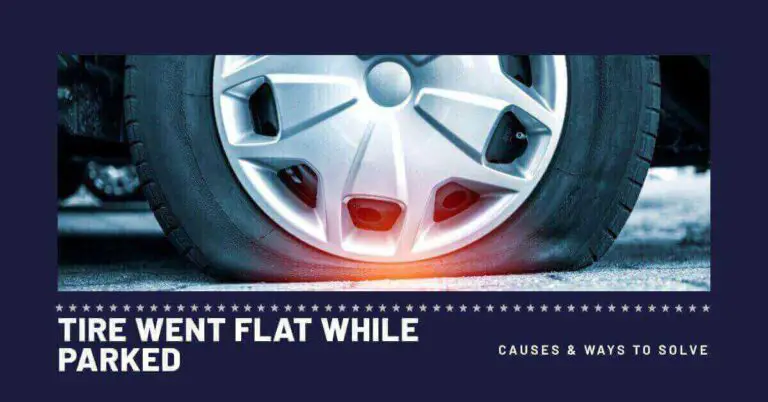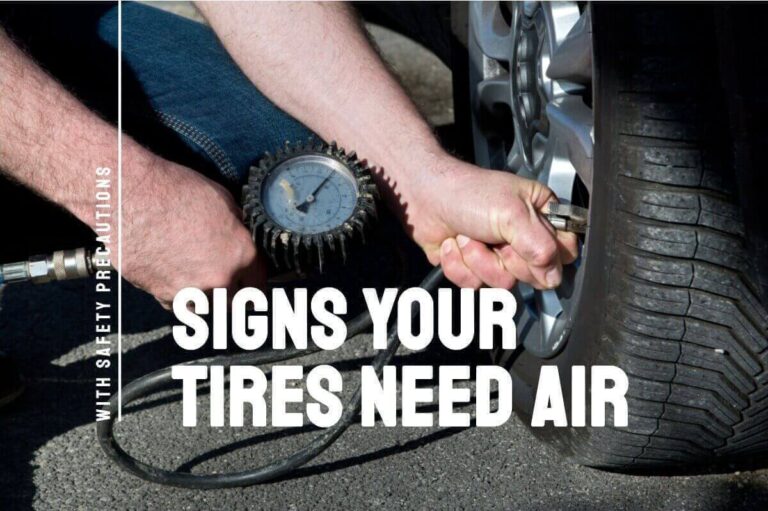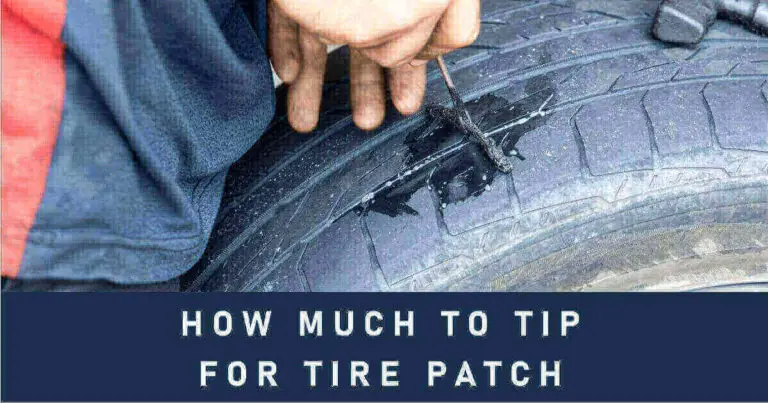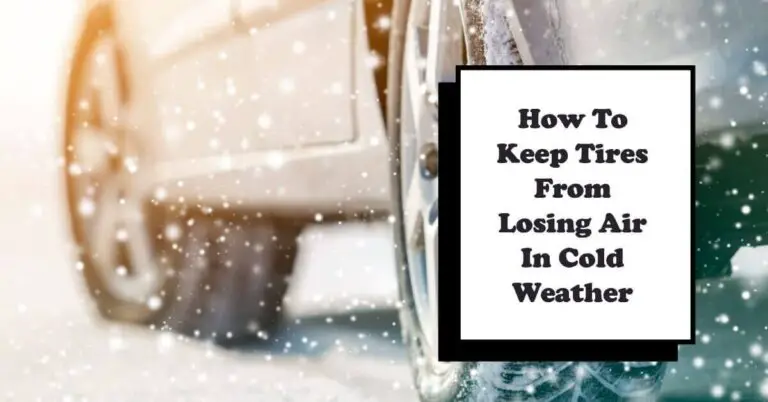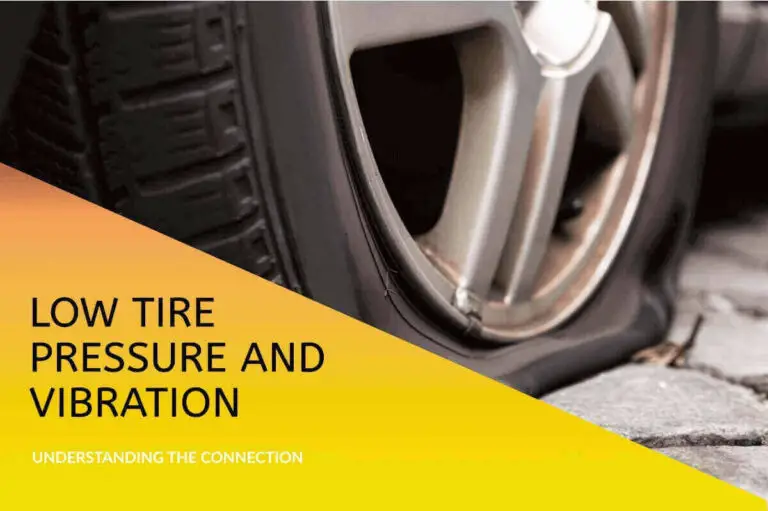A car’s tires are one of the essential parts of the vehicle. They are the only part of the car that touches the ground and play a big role in keeping the car stable and safe. Tire pressure is a big factor in how well the tires work. If the tire pressure is too low, it can cause problems.
Let’s come to the detail about how long I can drive with low tire pressure.
How Far Can You Drive With Low Tire Pressure
Tire pressure is one of the most important things to check before starting your car. Most people know it is important that your tires are inflated to the correct psi, but did you know that driving on low tire pressure can damage your car? You could end up with a blowout if your tires wear out prematurely. And how far can you drive on low tire pressure?
If you must drive with low tire pressure, check your tires frequently for signs of wear and tear. And, if possible, avoid driving in extreme weather conditions.
Tips For Driving Longer With Low Tire Pressure
If you’re driving with low tire pressure, there are a few things you can do to help make the most of your situation.
- Avoid highways and congested areas if possible.
- Drive slowly and carefully to avoid any sudden movements that could cause a blowout.
- Keep an eye on your tire pressure gauge and stop every so often to check it.
Following these tips can help ensure a safer, more pleasant journey.
Low Tire Pressure Can Have A Big Effect
Tire pressure that is too low can cause your car to handle poorly and wear out your tires more rapidly. It can also make your car less fuel-efficient.
If you have low tire pressure, you should check your tires regularly and inflate them as needed. You should also pay attention to the way your car is handled. If you notice any changes, you should take your car to a mechanic to have it checked out.
The Dangers Of Low Tire Pressure
If you have low tire pressure, you’re putting yourself in danger.
Here’s what can happen if you don’t pump up your tires:
- Your car will have less traction. It means it will be more difficult to stop, and you may even skid or slide on wet roads.
- You could get a flat tire. If your tire pressure is too low, the tire can overheat and cause a blowout.
- When your tire pressure is low, the car’s weight rests on the wheel’s rim. It can cause permanent damage.
How To Tell If Your Tires Are Low
Most people don’t think about their tires until they have a problem. But did you know that driving on low tires can actually be dangerous? Here’s how to tell if your tires are low and what to do about it.
- If your tires are low is by look at the tread. The tread of a tire is what comes into contact with the road. If it’s worn down, it means that your tires are low.
- By feeling the sidewall of the tire. If it feels soft or spongy, that’s another sign that your tires are low.
If you think your tires might be low, the best thing to do is to check them with a tire pressure gauge. In most hardware stores and auto parts shops, you can find one.
How To Fix Low Tire Pressure
You should fix low tire pressure as soon as possible if you notice it. Tires can wear out more quickly if they have low pressure, and they can blow out as well.
Here are some tips on how to fix low tire pressure:
- Check your tire pressure regularly. It will help you catch any problems early on.
- If you have low tire pressure, add air to your tires until they reach the proper level.
- If your tires frequently lose air, you may leak. Take your car to a mechanic to have the problem fixed.
- Make sure you know how to check and add air to your tires. It will come in handy if you ever have a flat tire or low tire pressure while on the road.
- Keep an eye out for any signs of wear on your tires. If your tread is low or uneven, replace the tire soon.
How To Prevent Low Tire Pressure
It’s easy to forget about your tires until you have a problem. Low tire pressure is one of the most common tire problems.
There are a few things you can do to prevent low tire pressure.
- Check your tire pressure regularly. It is essential in winter when the cold can cause your tires to lose pressure.
- Ensure that your tires are accurately inflated. Overinflated tires can burst, and underinflated ones can wear out quickly.
- Remember your spare tire. Make sure it has the proper amount of air in it so that you’re prepared in case of a flat.
What Is The Lowest Tire Pressure You Can Drive On
If you have ever driven with low tire pressure, you know it is not a pleasant experience. Your car will shake and vibrate, and the ride will be much rougher than usual. But how low can you go before you are in danger of damaging your tires or your car?
Of course, even if your tires can handle low pressure, driving around with them under-inflated is still not a good idea.
Recommended Tire Pressure For Long Trip
If you’re planning a long road trip, you may be wondering what the best tire pressure is for your car. The answer depends on a few factors, but you should generally aim for a tire pressure higher than the manufacturer’s recommended pressure. It will help your tires last longer and improve your fuel economy.
Driving at high speeds on unsealed roads can damage your tires and suspension. To avoid costly repairs, stick to the recommended speed ranges and tire pressures for your vehicle, which are given below:
- If you’re driving on the unsealed road in good condition, the recommended speed range is 70 to 90 kph. For optimal tire performance, maintain tire pressure at 30 to 34 psi.
- If you’re driving on an unsealed road that’s in poor condition, the recommended speed range is 50 to 70 kph. For optimal tire performance, maintain tire pressure at 28 to 32 psi.
There are a few things to remember when choosing the right tire pressure for your trip.
- Consider the weight of your vehicle. If you’re driving a heavy SUV or truck, you’ll need higher pressure to support the weight.
- Think about the roads you’ll be driving on. If you’re mostly sticking to highways, you can get away with lower pressure than if you’re going to be doing a lot of off-roading.
Conclusion – How Long To Drive With Low Tire Pressure
As vehicles have become more complex, so have their tires. Tires now have to be able to handle a variety of conditions, from rain and snow to hot pavement. They also have to deal with the vehicle’s weight and any load it carries.
All of this means that a lot can go wrong with tires, and one of the most common problems is low tire pressure. If you’re driving on underinflated tires, you’re not only risking a blowout but also reducing your gas mileage and making your tires wear out faster.
Frequently Answer Questions (FAQs)
What happens if I drive with low tire pressure?
If you drive with low tire pressure, your tires may wear out more quickly, and you may have to replace them sooner. You may also have reduced traction and handling, which can be dangerous. Keeping your tires inflated at the correct pressure is important.
How long can you go with your tire pressure light on?
You can go for a while with your tire pressure light on, but it’s best to check it out as soon as possible. The light usually comes on when one or more tires are underinflated, so ensure that all of your tires are properly inflated. The lack of tire pressure can damage your tires or result in an accident.
What is considered dangerously low tire pressure?
This depends on the tire and vehicle, so there is no definitive answer. However, generally speaking, a tire is considered at a dangerously low pressure if it is significantly below the manufacturer’s recommended pressure. It can lead to decreased performance and handling and increased wear and tear.
Can I drive a short distance with low tire pressure?
Driving with low tire pressure is not recommended, even for short distances. Low tire pressure can lead to a blowout, which can be very dangerous. It’s best to check your tire pressure regularly and fill up your tires as needed.
How serious is a tire pressure warning?
A tire pressure warning is usually pretty serious. It means that one or more of your tires is low on air, and if you don’t fill them up, you could get a flat tire. So, it’s something you should take care of right away.

